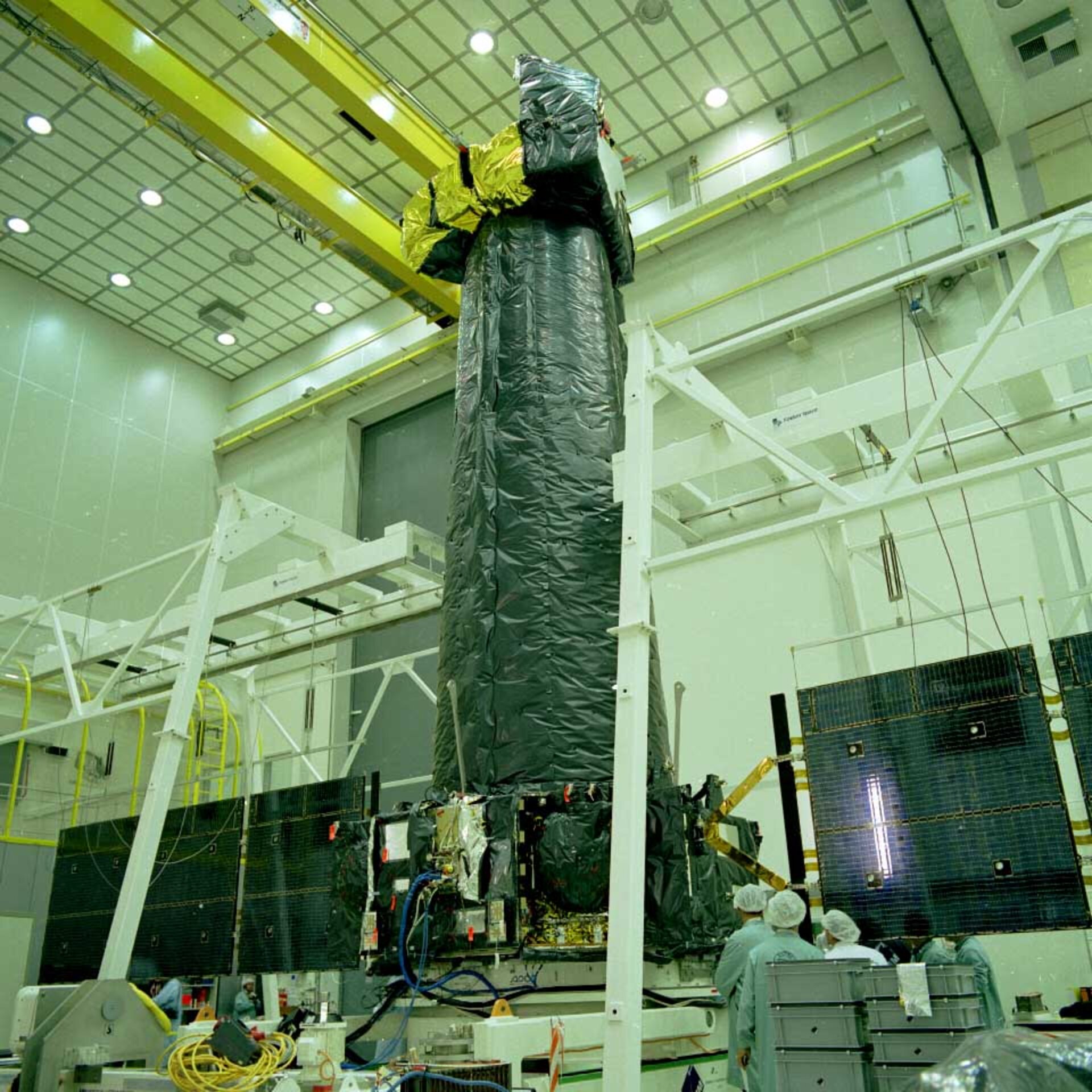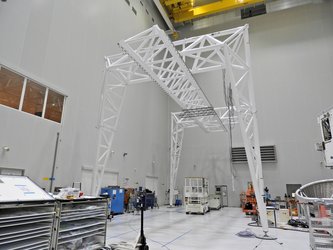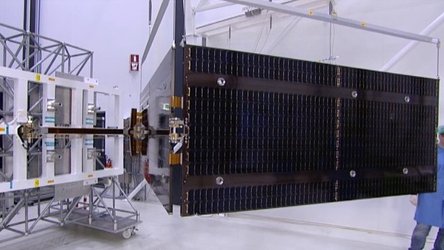Accept all cookies Accept only essential cookies See our Cookie Notice

About ESA
The European Space Agency (ESA) is Europe’s gateway to space. Its mission is to shape the development of Europe’s space capability and ensure that investment in space continues to deliver benefits to the citizens of Europe and the world.
Highlights
ESA - United space in Europe
This is ESA ESA facts Member States & Cooperating States Funding Director General Top management For Member State Delegations European vision European Space Policy ESA & EU Space Councils Responsibility & Sustainability Annual Report Calendar of meetings Corporate newsEstablishments & sites
ESA Headquarters ESA ESTEC ESA ESOC ESA ESRIN ESA EAC ESA ESAC Europe's Spaceport ESA ESEC ESA ECSAT Brussels Office Washington OfficeWorking with ESA
Business with ESA ESA Commercialisation Gateway Law at ESA Careers Cyber resilience at ESA IT at ESA Newsroom Partnerships Merchandising Licence Education Open Space Innovation Platform Integrity and Reporting Administrative Tribunal Health and SafetyMore about ESA
History ESA Historical Archives Exhibitions Publications Art & Culture ESA Merchandise Kids Diversity ESA Brand Centre ESA ChampionsLatest
Space in Member States
Find out more about space activities in our 23 Member States, and understand how ESA works together with their national agencies, institutions and organisations.
Science & Exploration
Exploring our Solar System and unlocking the secrets of the Universe
Go to topicAstronauts
Missions
Juice Euclid Webb Solar Orbiter BepiColombo Gaia ExoMars Cheops Exoplanet missions More missionsActivities
International Space Station Orion service module Gateway Concordia Caves & Pangaea BenefitsLatest
Space Safety
Protecting life and infrastructure on Earth and in orbit
Go to topicAsteroids
Asteroids and Planetary Defence Asteroid danger explained Flyeye telescope: asteroid detection Hera mission: asteroid deflection Near-Earth Object Coordination CentreSpace junk
About space debris Space debris by the numbers Space Environment Report In space refuelling, refurbishing and removingSafety from space
Clean Space ecodesign Zero Debris Technologies Space for Earth Supporting Sustainable DevelopmentLatest
Applications
Using space to benefit citizens and meet future challenges on Earth
Go to topicObserving the Earth
Observing the Earth Future EO Copernicus Meteorology Space for our climate Satellite missionsCommercialisation
ESA Commercialisation Gateway Open Space Innovation Platform Business Incubation ESA Space SolutionsLatest
Enabling & Support
Making space accessible and developing the technologies for the future
Go to topicBuilding missions
Space Engineering and Technology Test centre Laboratories Concurrent Design Facility Preparing for the future Shaping the Future Discovery and Preparation Advanced Concepts TeamSpace transportation
Space Transportation Ariane Vega Space Rider Future space transportation Boost! Europe's Spaceport Launches from Europe's Spaceport from 2012Latest

XMM solar array deployment test
Thank you for liking
You have already liked this page, you can only like it once!
Testing of the solar array deployment on the XMM Flight Model in the ESTEC Test Centre. ESA's X-ray Multi-Mirror (XMM) high-throughput X-ray spectroscopy mission will be launched by Ariane-5 in December 1999. By virtue of its large collecting area and highly eccentric orbit, the 3.9-tonne XMM will make long observations of soft X-ray (100 eV to 12 keV) sources with unprecedented sensitivity. Most of the 50-200 sources in every image will be revealed for the first time. Whereas the German/US/UK Rosat mission, launched in 1990, pushed the number of known X-ray sources to 120 000, XMM will see millions. XMM is equipped with two solar wings, provided by Fokker Space BV of The Netherlands. They are of an advanced design (ARA Mk-III), using silicon solar cells. Folded for launch but with a deployed span of 16.16 m, each comprises three hinged panels of 1.81x1.94 m bearing 1240 cells arranged in four sections. The ESTEC test followed many at Fokker but was the first ever conducted with the solar panels fully integrated onto XMM, with all their interfaces connected to the spacecraft and after the acoustic test to which the complete satellite was submitted on 6 July. Each wing has a mass of 40 kg. To simulate the conditions of weightlessness, the solar wings were extended using two zero-g deployment rigs on which the panels were suspended. These compensate for gravity with calibrated spring supports, moving on air cushion bearings to eliminate friction. The test reproduced the release of the folded panels triggered by the automatic onboard sequence. Pyrotechnic units first activated four thermal knives on each wing, which cut the tensioned Kevlar cables holding the panels in their stowed configuration. Spiral springs and delicate mechanisms then allowed a smooth and shockless deployment. [Image Date: 09-08-99] [99.08.002-039]
-
CREDIT
ESA -
LICENCE
ESA Standard Licence

XMM solar array deployment test

Biomass' solar wing deployed

Solar array deployment rig

Deploying Biomass' solar wing















 Germany
Germany
 Austria
Austria
 Belgium
Belgium
 Denmark
Denmark
 Spain
Spain
 Estonia
Estonia
 Finland
Finland
 France
France
 Greece
Greece
 Hungary
Hungary
 Ireland
Ireland
 Italy
Italy
 Luxembourg
Luxembourg
 Norway
Norway
 The Netherlands
The Netherlands
 Poland
Poland
 Portugal
Portugal
 Czechia
Czechia
 Romania
Romania
 United Kingdom
United Kingdom
 Slovenia
Slovenia
 Sweden
Sweden
 Switzerland
Switzerland
























